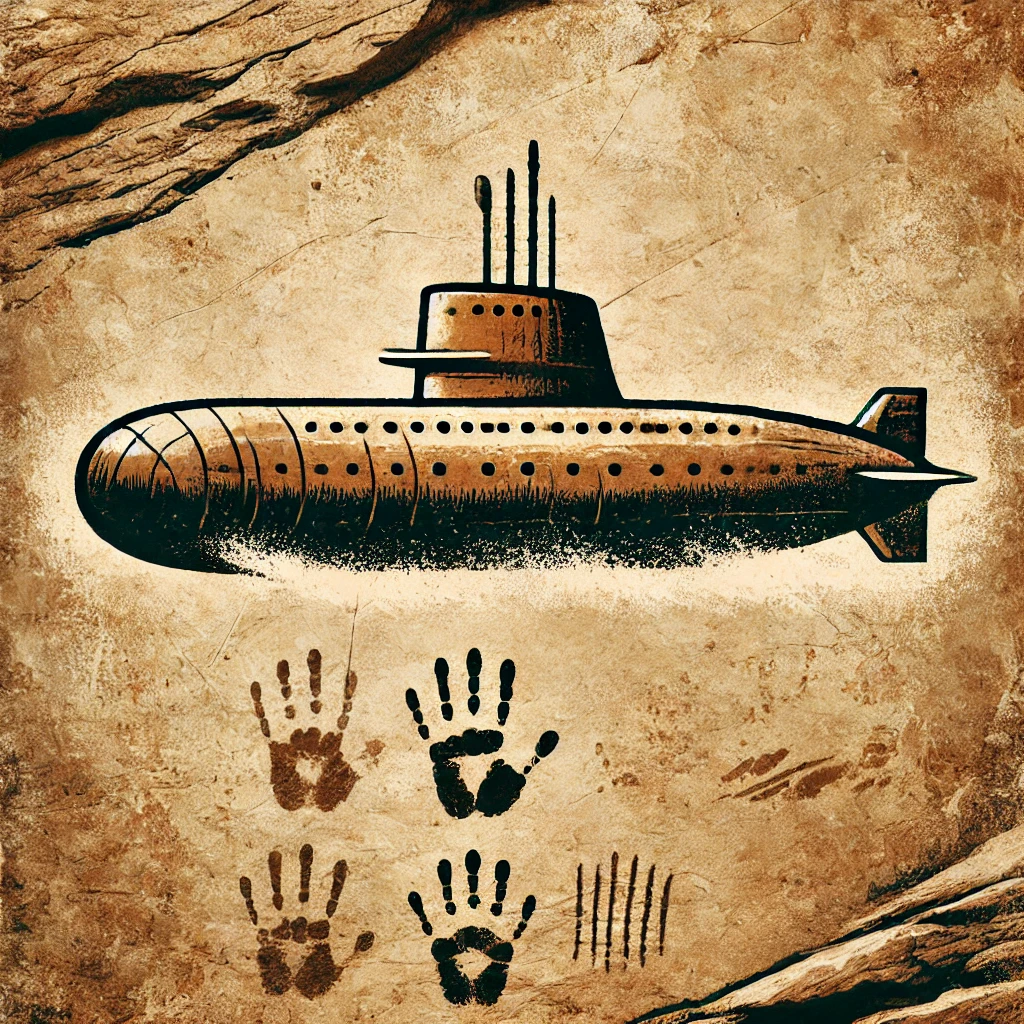Fishing Drones: techniques and methods for successful drone fishing
Imagine being able to drop your bait exactly on that perfect spot where the biggest, most elusive fish gather—no matter how far it is from shore. It sounds impressive, but thanks to drone technology, it’s now completely possible. The real question is: how exactly can drones transform your fishing experience? What features should a drone have to be truly useful for this task? Keep reading—you’ll learn everything you need to make an informed decision before buying your first fishing drone.
When it comes to drone fishing, there are two main techniques known for their effectiveness and simplicity. The first is remote bait casting, where the drone carries the hook and bait to precise locations that may be unreachable by traditional methods. The drone flies over the chosen area and releases the line at the ideal moment. This dramatically increases your chances of success by allowing you to drop your bait right where fish activity is detected—based on your experience or the drone’s live visual feed.
The second technique is aerial scouting or reconnaissance. Here, the drone’s onboard camera is used to observe the water from above—seas, lakes, or rivers—helping identify fish clusters or favorable conditions such as sandbanks, vegetation, or specific currents. With this information, you can plan your fishing strategy more intelligently, optimizing your time and boosting your success rate significantly.
Key features of a fishing drone
A proper fishing drone must include features that distinguish it from ordinary models.
- Flight time (autonomy): this determines how long you can keep the drone airborne per battery charge. For fishing, you need at least 20 minutes of continuous flight.
- Payload capacity: the maximum safe weight the drone can carry, including bait, hook, and release mechanism. Practically, aim for a drone that supports at least 500 grams; professional models can handle more.
- Weather resistance: choose models that can withstand splashes, humidity, and moderate wind. Ideally, go for marine-grade or corrosion-protected drones.
- GPS and return-to-home (RTH): essential for flight stability, precise positioning, and automatic return in case of low battery or signal loss. These systems help avoid accidents and costly losses.
Benefits and advantages of drone fishing
Drone fishing offers clear and measurable advantages over traditional methods.
- Precision: drones allow you to drop bait exactly where you want, greatly improving catch rates.
- Reach: distant or previously inaccessible spots become easy to target without physical effort.
- Efficiency: you spend less energy casting and retrieving and more time actually fishing.
- Fun and learning: using a drone makes fishing more dynamic and interactive—it’s a mix of outdoor activity and tech exploration.
A capable fishing drone should balance energy efficiency (long battery life) and operational capability (stability in moderate wind). Most users will find 15–25 minutes of flight time per battery ideal. A payload capacity of around 0.5 kg gives flexibility to use different bait types, adapting to the day’s fishing conditions.
Choosing the right drone and essential fishing equipment
Your choice depends on where and how you fish.
- For offshore fishing or surfcasting (from beaches or rough seas), choose a sturdy, high-capacity drone with longer range and flight endurance.
- For lakes or rivers, a smaller, lighter, and more affordable model will do the job without overspending.
Avoid being tempted by flashy marketing or unnecessary features. Overpaying for functions you’ll never use only complicates the experience, especially for beginners. Always prioritize ease of use, real needs, and manageable handling
Complementary accessories make a big difference:
- Bait release mechanism – allows precise drop timing every time.
- Extra batteries – for long fishing sessions without interruption.
- Protective case (preferably waterproof) – keeps your drone safe from shocks, humidity, and accidents during transport.
- Fishing gear adapted to drone use – lightweight hooks, lines, and baits help maintain stability and flight efficiency.
Regulations and safety in drone fishing
Regulations vary by country, but the basics are universal: always keep your drone within line of sight, avoid restricted zones (like airports or nature reserves), and register it if its weight exceeds legal limits. Check your local laws before flying to prevent fines or incidents.
Safety is just as crucial. Fly responsibly—never over people or nearby boats. Avoid rain, lightning, or strong wind to protect both your investment and those around you.
With this knowledge and some practice, you’ll be ready to take the next step into this exciting blend of technology and tradition. Are you ready to take your fishing hobby to the next level?




